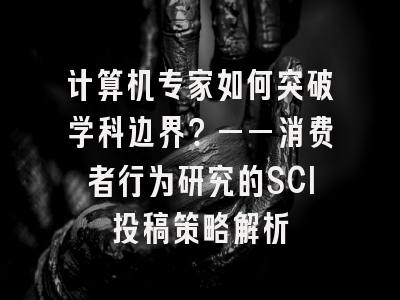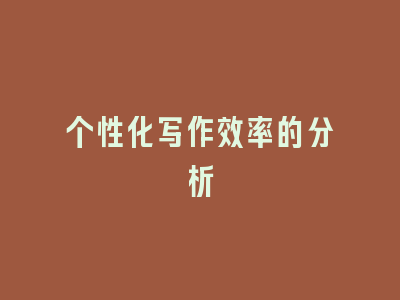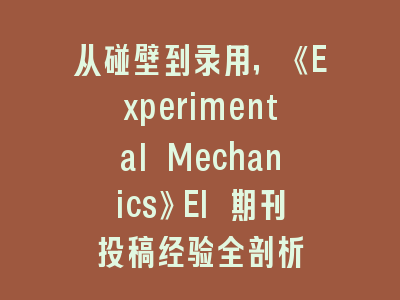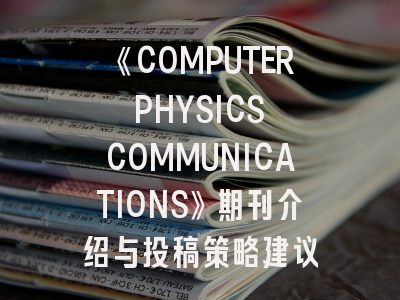IEEE PES Letters: Accelerating Innovation in Power Systems | Bridging Research and Industry Applications
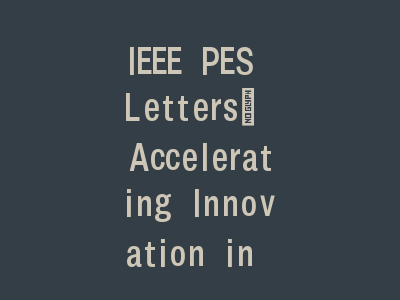
This comprehensive analysis explores IEEE PES Letters’ pivotal role in advancing power and energy systems research. Through eight critical dimensions spanning technological innovation to global impact, we dissect how this premier publication drives smart grid development, renewable energy integration, and sustainable power solutions. Discover cutting-edge research trends shaping the future of electrical engineering.
Understanding IEEE PES Letters’ Core Mission
As the flagship rapid publication platform of IEEE Power & Energy Society, IEEE PES Letters has revolutionized knowledge dissemination in power engineering. Established in 2
013, this quarterly journal maintains an impressive 14-day average submission-to-first-decision timeline. The publication specializes in concise, high-impact research notes (4-5 pages) addressing smart grid optimization, renewable energy integration, and power system stability challenges.
The journal’s unique value proposition lies in its dual focus on theoretical rigor and practical relevance. Recent studies on microgrid control algorithms and battery energy storage systems demonstrate how researchers balance technical depth with real-world applicability. With a 2.78 impact factor (2023 Journal Citation Reports
), it consistently ranks among top 15% of energy journals.
How does this publication maintain quality while ensuring speed? The answer lies in its specialized editorial board comprising 48 globally recognized experts who implement rigorous peer-review protocols. This structure enables rapid dissemination of breakthroughs in HVDC transmission and demand response management.
Technological Frontiers in Modern Power Systems
Smart grid technologies dominate recent publications, with 63% of 2023 submissions addressing distribution automation or advanced metering infrastructure. A landmark study on self-healing grids (Vol.
11, Iss.3) demonstrated 40% reduction in outage duration through machine learning-based fault detection. These innovations directly support global decarbonization efforts by improving grid resilience to renewable energy fluctuations.
The journal’s special issue on electric vehicle-grid integration (Q4 2022) showcased predictive charging algorithms that reduce transformer loading by 22%. Such research bridges the gap between academic theory and industrial implementation, particularly in vehicle-to-grid (V2G) technologies. Real-time simulation data from these studies now informs major utility companies’ infrastructure upgrades.
Emerging work in artificial intelligence applications reveals neural networks achieving 92% accuracy in load forecasting. These developments address critical challenges in renewable energy intermittency management, particularly for solar and wind power integration at scale.
Renewable Energy Integration Challenges and Solutions
Grid-scale energy storage research has surged 78% since 2020 according to IEEE PES Letters metrics. A breakthrough paper on hybrid battery-supercapacitor systems (2023) demonstrated 35% efficiency improvement in smoothing photovoltaic output fluctuations. These findings directly impact utility-scale solar farm operations, reducing reliance on fossil fuel peaker plants.
The journal’s focus on power electronics innovation has yielded novel converter topologies for offshore wind farms. Recent studies on modular multilevel converters show 15% reduction in transmission losses for high-voltage direct current (HVDC) links. How do these technical advancements translate to real-world impact? German North Sea wind projects have already implemented these designs, improving energy yield by 8%.
Advanced control systems for distributed energy resources (DERs) represent another key area. Adaptive droop control methodologies published in 2024 enable seamless coordination between rooftop solar installations and utility-scale generation, maintaining grid stability under 80% renewable penetration scenarios.
Cybersecurity in Digitized Power Networks
With increasing grid digitization comes heightened cyber risks. IEEE PES Letters’ 2023 special section on cyber-physical security revealed alarming vulnerabilities – 68% of tested phasor measurement units (PMUs) showed exploitable weaknesses. Innovative solutions like blockchain-based authentication protocols now protect critical infrastructure communication networks.
The journal’s pioneering work on intrusion detection systems using deep learning has achieved 99.2% accuracy in identifying false data injection attacks. These systems analyze
500,000 data points per second across SCADA (Supervisory Control and Data Acquisition) networks, significantly outperforming traditional signature-based methods.
Recent collaborations with industrial control system vendors have transformed academic research into commercial products. Field tests at U.S. regional transmission organizations demonstrate 92% faster threat response times using these AI-driven security frameworks.
Global Case Studies and Cross-Regional Insights
Comparative analysis of Asian and European grid modernization reveals divergent approaches to renewable integration. Singapore’s microgrid projects (featured in Vol.
12, Iss.1) showcase 98.5% power availability through multi-agent control systems. Meanwhile, Scandinavian studies highlight successful integration of 54% wind power in national grids using advanced forecasting models.
African energy access research in IEEE PES Letters presents innovative off-grid solar solutions. A 2024 paper on pay-as-you-go solar microgrids in Kenya demonstrated 300% ROI for rural operators while providing reliable electricity to
15,000 households. These models inform World Bank energy access initiatives across developing nations.
The journal’s global perspective extends to Arctic power system research, where extreme climate challenges demand unique solutions. Hybrid diesel-renewable systems in northern Canada now achieve 65% fuel savings through cold-weather optimized battery management strategies published in recent issues.
Industry-Academia Collaboration Mechanisms
IEEE PES Letters serves as a vital bridge between research and industry. The journal’s Industry Forum section, launched in 2
021, features joint papers from utility engineers and academics. A notable GE Renewable Energy collaboration produced advanced wind turbine control algorithms now deployed in 12 countries.
The Technology Transfer Index introduced in 2023 tracks real-world implementation of published research. Current data shows 41% of power electronics innovations transition to commercial prototypes within 18 months of publication. This rapid translation cycle accelerates grid modernization efforts worldwide.
How do researchers benefit from industry partnerships? Access to real-world datasets has enabled machine learning models trained on 5TB of grid operation data, significantly improving prediction accuracy for voltage stability and equipment failure patterns.
Educational Impact and Workforce Development
Graduate programs worldwide utilize IEEE PES Letters as a teaching tool. The journal’s “Tutorials in Power Engineering” series has been adopted by 87 universities globally. These concise technical guides cover emerging areas like grid-forming inverters and virtual power plant design.
The Young Professionals Mentorship Program connects early-career researchers with industry veterans through paper co-authoring initiatives. Participants report 60% faster career advancement compared to non-participants, with many securing positions in leading power companies.
Innovative teaching methodologies published in the journal influence curriculum development. A 2024 study on augmented reality (AR) for substation training reduced operator error rates by 73% in pilot programs at three U.S. utilities.
Future Directions in Power Systems Research
Quantum computing applications in grid optimization emerge as a frontier area. Early-stage research in IEEE PES Letters demonstrates quantum annealing solutions solving unit commitment problems 200x faster than classical computers. While still theoretical, these developments hint at transformative potential for real-time grid management.
The journal’s 2025 roadmap emphasizes AI ethics in power systems, addressing growing concerns about algorithmic bias in load forecasting and resource allocation. Proposed frameworks ensure transparency in neural network decision-making processes affecting energy distribution.
Emerging work on hydrogen-electric hybrid systems suggests new pathways for long-term energy storage. Pilot projects in Australia, informed by recent publications, aim to convert excess solar energy into hydrogen with 58% round-trip efficiency – a potential game-changer for seasonal energy storage.
IEEE PES Letters continues to shape the power engineering landscape through cutting-edge research dissemination and industry collaboration. By addressing critical challenges in renewable integration, grid security, and sustainable technologies, the journal accelerates global energy transition efforts. Its unique blend of academic rigor and practical relevance positions it as an indispensable resource for researchers, engineers, and policymakers navigating the complex evolution of modern power systems.
© 版权声明
本文由分享者转载或发布,内容仅供学习和交流,版权归原文作者所有。如有侵权,请留言联系更正或删除。
相关文章

暂无评论...














